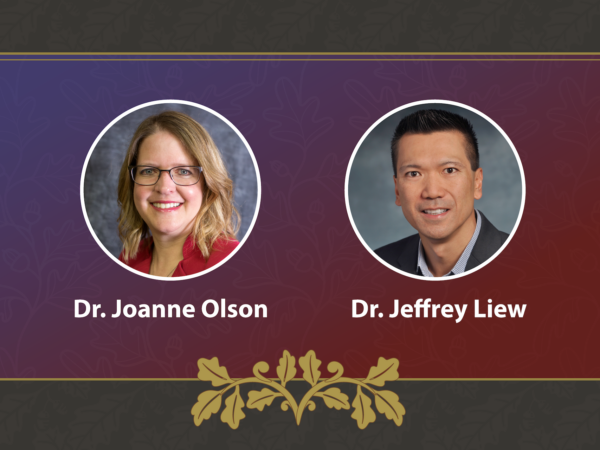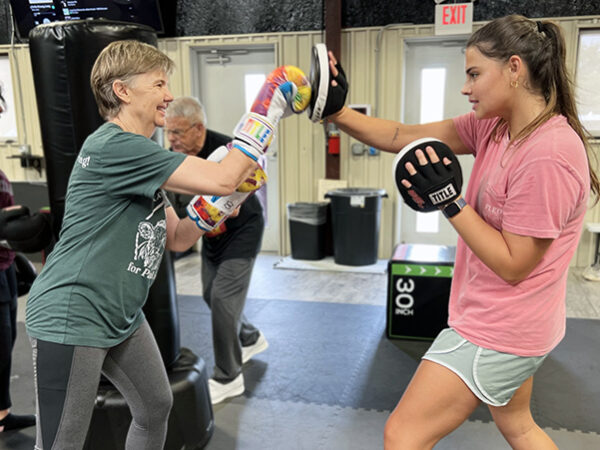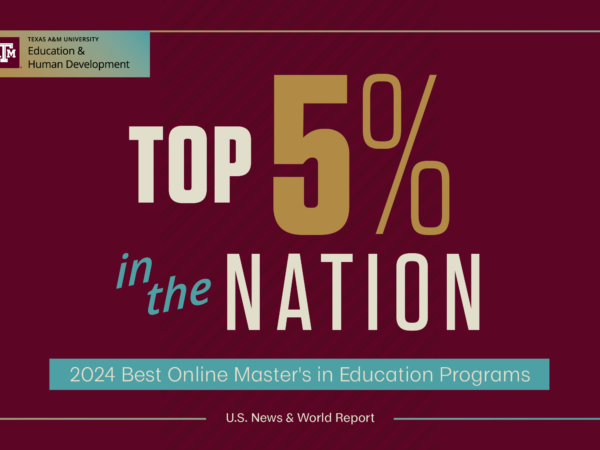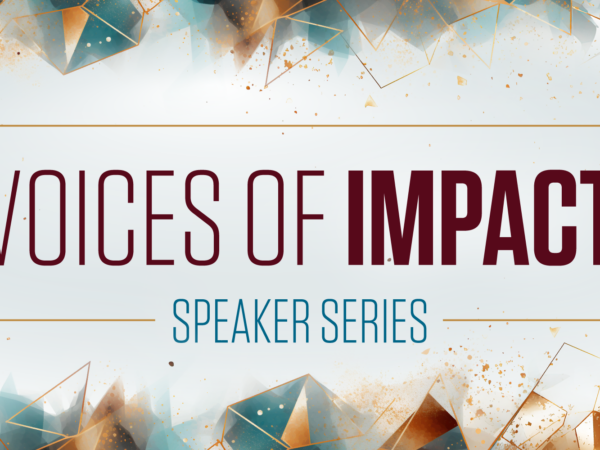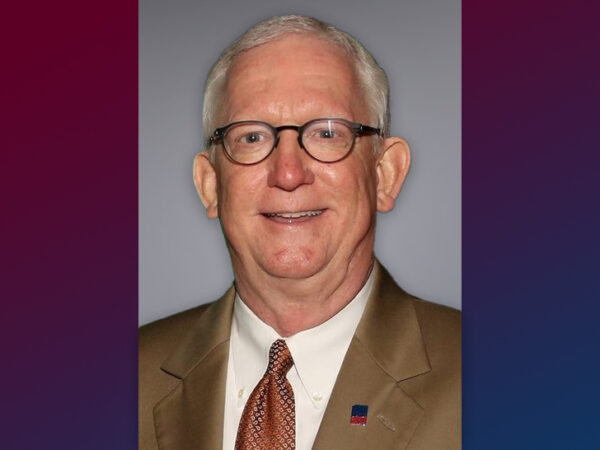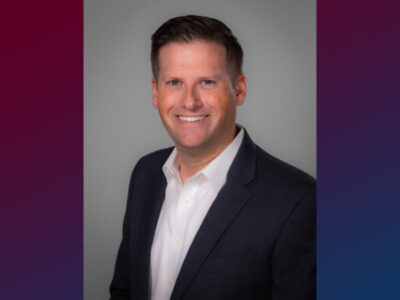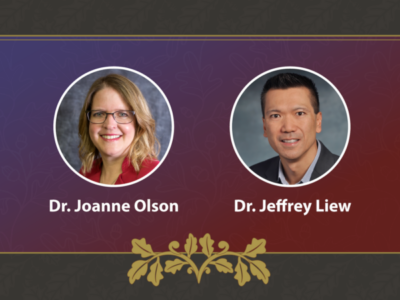Health Education Professor Contends Youth Directly Marketed Alcohol Through Social Media
Social media has become ingrained into everyday life for many people, especially youth and adolescents. However, youth are being targeted with alcohol-related advertisements on social media platforms, according to new research by Associate Professor in Health Education Dr. Adam Barry.
Dr. Barry contends that youth – as young as 13 – have unrestricted access to alcohol advertising on social media platforms. Despite regulations which should limit advertising to youth, alcohol brands were even found to send alcohol advertisements directly to underage profiles on social media platforms such as Instagram.
“We’ve known for a long time that alcohol ads are influencing the drinking behaviors of youth. The industry wouldn’t spend billions annually if advertising didn’t make a difference,” said Dr. Barry. “But alcohol advertising on social media is like the Wild West – anything goes. Until now, we haven’t had an idea of how much advertising youth are exposed to on social media platforms.”
Due to a lack of published studies on the topic, Dr. Barry was curious about the direct engagement of today’s youth with different alcohol brands.
“We wanted to see if an underage profile could view alcohol brand content and interact with that content directly from smartphones,” Dr. Barry said.
According to Dr. Barry, alcohol brands are supposed to have an Age Gate system in place that restricts those under the minimum legal drinking age (21) from accessing and viewing their content. However, focusing specifically on Twitter and Instagram, he discovered that underage profiles had unfettered access to alcohol brand promotional pictures, videos and messages.
“We made 10 fictitious profiles of various ages representing middle school, high school, and college students, to see if we could engage in their advertising,” Dr. Barry said.
Dr. Barry then examined access among these profiles to 22 different alcohol brands, all of which have been identified as brands adolescents consume most often.
“What we found is that on both sites, Twitter and Instagram, all underage profiles could view and completely interact with all posted alcohol content, like the content, and share posts with other profiles, such as retweeting. The Age Gate would only activate on Twitter if the user attempted to voluntarily follow an alcohol company. For Instagram, all underage profiles could follow every brand and ultimately receive promotional material directly to their smartphones.”
By the end of the 30-day study, Dr. Barry said that his 10 media accounts had received hundreds of advertisements.
“What we found was pretty staggering,” Dr. Barry said. “This shows us that the industry is violating their self-regulated advertising policies for social media. It also means that we may not have an accurate estimate of the exposure youth have to alcohol advertising. This is important because exposure impacts whether someone will start drinking and the quantity consumed if they are already a drinker.”
Research has established that the earlier a person starts to drink, the more likely they are going to be alcohol dependent later in life. In addition, the later a person waits to start drinking, the less likely they will develop problematic drinking patterns.
“This is a big issue that has very large implications for the well being in children,” Dr. Barry said. “These are only two social media platforms. Parents need to know that this is occurring and can occur.“
Written by Justin Ikpo (sehdcomm@tamu.edu)
For media inquiries, contact Ashley Green.
Fundraising
To learn more about how you can assist in fundraising, contact Amy Hurley, Director of Development ahurley@txamfoundation.com or 979-847-9455



